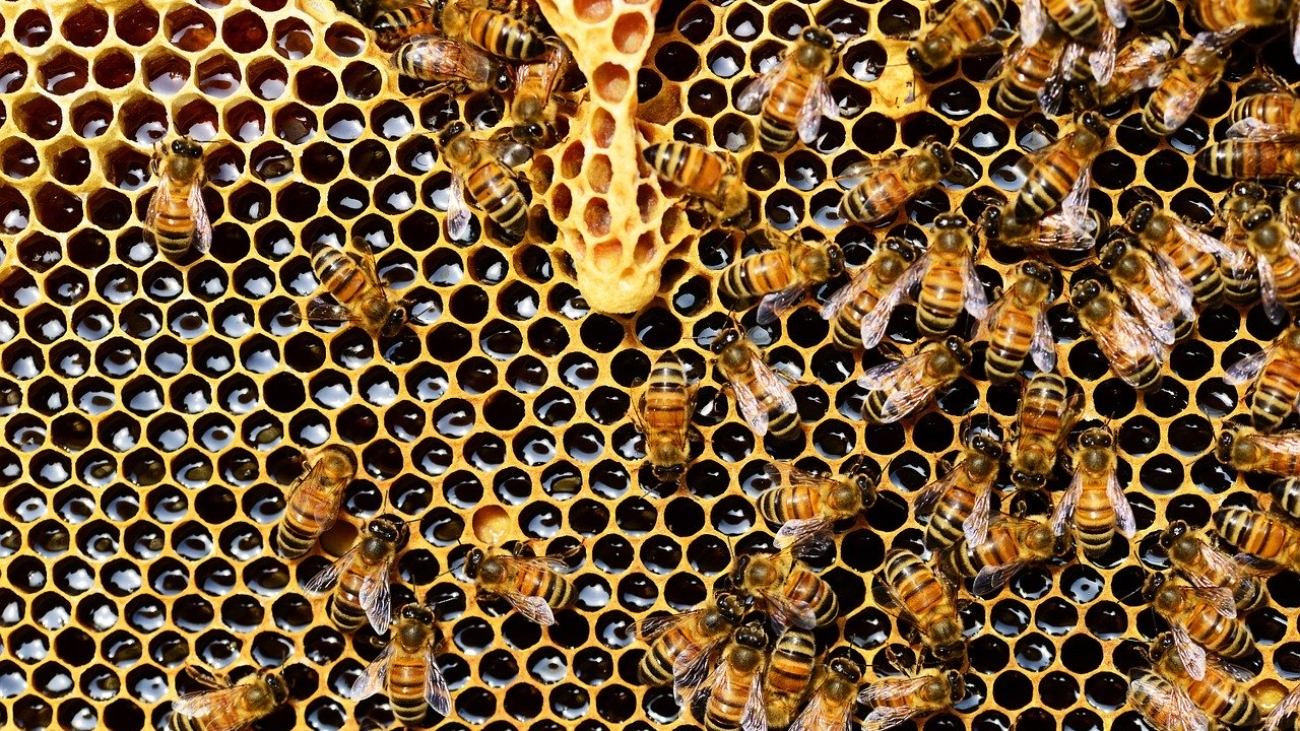Coincidence or pure science? What information can Product Teams gain from it, and how it may help them? An in-depth dive into a bee’s mind and the fascinating laws of nature.
Bees are one of the most intelligent creations of Mother Nature. Over the centuries, honeybees have strived to answer one, simple question:
What shape should we use that will equally divide a volume into multiple shapes of different sizes by making use of the bare minimum and maintaining the structure robust?
It sounds like a pretty straight-forward question with one simple answer. However, it is not as simple as it looks. It is one of the most ancient mathematical questions as well, known as the “Honeybee Conjecture”
This mathematical ambiguity sounded irrationally similar to the problem most product teams try to resolve:
What product should we build that will satisfy the demands of our customers and will keep the product (MVP) robust while using the least amount of resources?
I was genuinely interested in knowing what exactly did bees know about such a mathematical problem, and how did they resolve it when humans had been failing to achieve the same solution for the same problem for decades? I also wish that we can learn some wise lessons from these intelligent insects, which may help product teams (Managers, Designers, Product Owners, and so on) work more efficiently.
- Bees work with a mathematical strategy and optimize efforts. This makes them good mathematicians.
Bees are known to be naturally intelligent. Scientists report that these tiny insects are capable enough to solve problems like angle calculations and even the earth’s roundness Studies prove that bees are capable enough to make sense of ambiguous mathematical concepts and can judge effort to amount ratio, hence allowing them to optimize.
